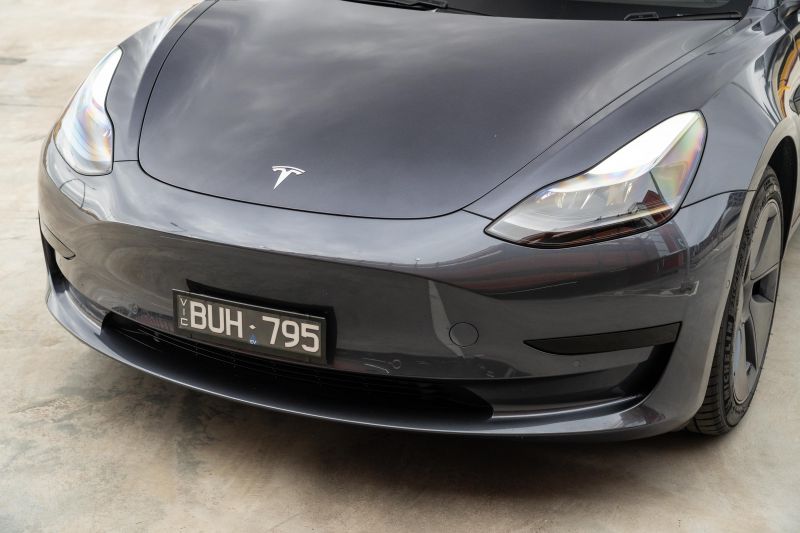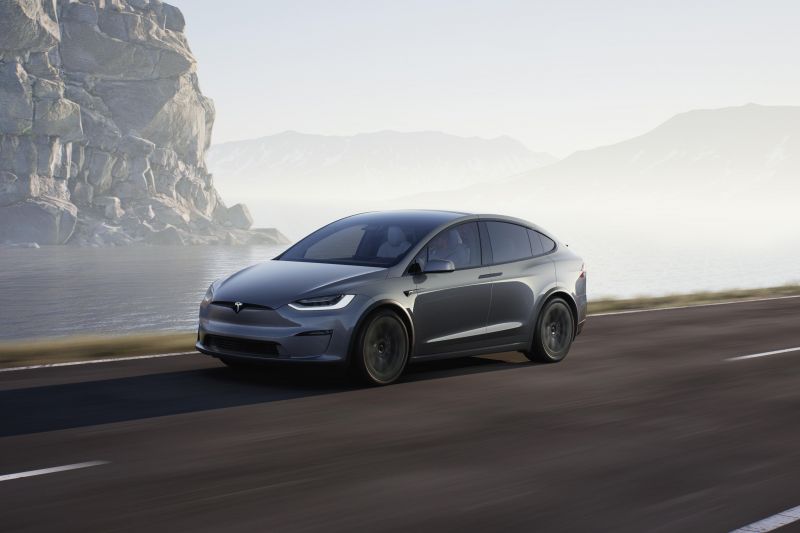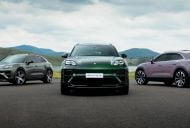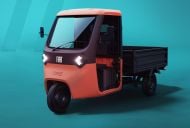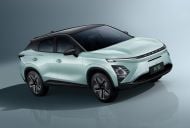Tesla courted controversy for vowing to drop its radar and ultrasonic sensors in favour of a camera-only approach for its driver assist systems, but it could be reversing course.
Electrek reports Tesla has told the US Federal Communications Commission (FCC) it plans to market a new radar from mid-January 2023, even as it publicly touts a camera-only system dubbed Tesla Vision.
This follows a report from June saying Tesla had filed its plans with the FCC, which had in turn given the automaker a confidential treatment to keep details of the technology under wraps for six months. The company has subsequently filed for an extension of this, per the latest report.
Tesla removed radar from its vehicles last year and began phasing out ultrasonic sensors this year, which will result in some vehicles missing functionality currently supported by the sensors until the camera-based system can be upgraded to compensate.
The company said with the removal of the sensors, it simultaneously launched its “vision-based occupancy network” – previously used only in vehicles with Full Self-Driving Beta – which it claims gives its vehicles high-definition spatial positioning, longer range visibility and the ability to identify and differentiate between objects.
CEO Elon Musk told Electrek in June 2021 it stopped using radar but would consider using it again if it was “very high-resolution”.
“The probability of safety will be higher with pure vision than vision+radar, not lower. Vision has become so good that radar actually reduces signal/noise,” Mr Musk said.
“A very high resolution radar would be better than pure vision, but such a radar does not exist. I mean vision with high res radar would be better than pure vision.”
Tesla announced in 2016 all its vehicles going forward would “have the hardware needed for full self-driving capability at a safety level substantially greater than that of a human driver”, citing the use of eight surround cameras, a forward radar, and 12 ultrasonic sensors.
But Tesla’s pursuit of genuine Level 5 capability has yet to come to fruition – the goal has proved elusive for essentially all companies – and its Autopilot and Full Self-Driving systems considered Level 2 or 2+.
Mr Musk said earlier this year it will take until an update next year for the company’s driver assist technology to “be able to show to regulators that the car is safer, much more so, than the average human”, and cars with Full Self-Driving beta will “be able to take you from your home to your work, your friend’s house, to the grocery store without you touching the wheel”.
But sometimes he has made conflicting statements in the same breath. In the same earnings call, Mr Musk said: “Like we’re not saying that that’s quite ready to have no one behind the wheel. It’s just that you will almost never have to touch the control, vehicle controllers.”
He went on to say: “But I think we’ll be pretty close… that you’re going to have no one in the car by the end of this year. And certainly, without a question, whatever in my mind, next year.”
MORE: Tesla demos Full Self-Driving technology to US regulator – report
MORE: Tesla under US criminal investigation for self-driving claims – report
MORE: Teslas temporarily losing functions with removal of sensors
MORE: Tesla vehicles not ready to be approved as fully autonomous




